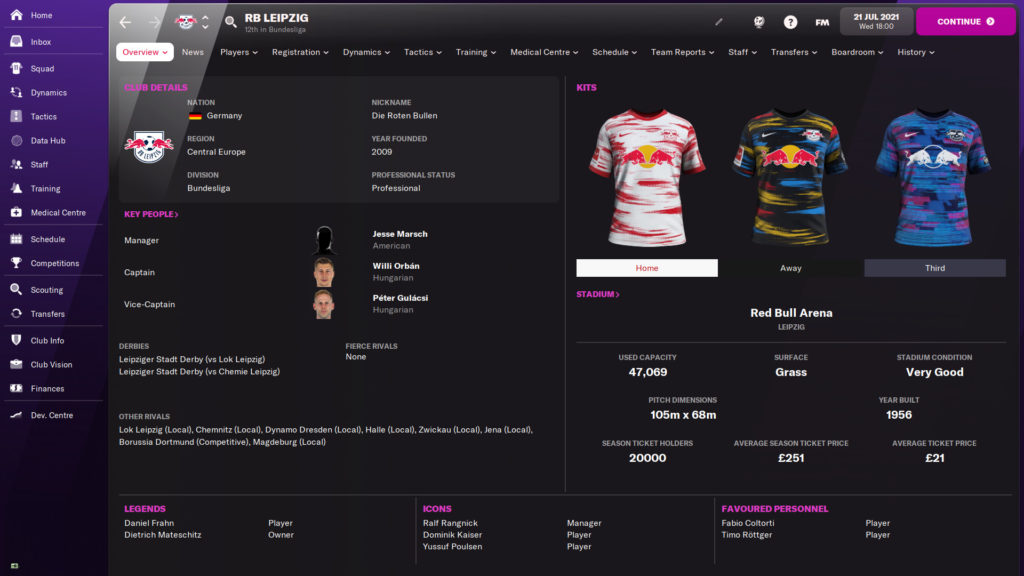
- #Symlinker wont install mac code
- #Symlinker wont install mac plus
- #Symlinker wont install mac download
- #Symlinker wont install mac mac
And if that location is wrong, you get an error message like the one earlier. The executable loads each library in turn using the file path embedded inside the executable. Instead, the location of the dynamic library is actually embedded directly inside the executable.
#Symlinker wont install mac mac
On Mac and Linux, the system doesn’t make assumptions about the locations of dynamic libraries when you try to load them. In this situation, the other dynamic libraries must also be present, or you’ll get a similar error. It’s also possible for dynamic libraries to reference other dynamic libraries. This message indicates that the dynamic library loader failed to load a library referenced from the executable. In this case, the application will likely abort and provide some sort of error message:ĭyld: Library not loaded: libavcodec.dylib There’s a possibility that the executable will fail to find one or more libraries it needs to run. framework files, which you can think of as “fancy” dynamic libraries). You can spot dynamic libraries by their extensions. When you start the executable, it reviews its list of dynamic libraries and tries to load them.
#Symlinker wont install mac code
This is fine in some cases, but there can be legal and functional reasons that you do not want to include someone else’s code directly in your executable.ĭynamic libraries allow you to store compiled code in separate files that are loaded by your executable at runtime. Options 1 and 2 result in the external code residing directly inside your executable, so it actually causes the executable’s size to increase.
#Symlinker wont install mac download
If you download someone else’s code and want to use it in your application, there are a few ways you could go about it: I was recently learning how Mac and Linux machines load dynamic libraries, so I thought I’d write a quick post about it. On Mac and Linux, however, the situation is different and requires some consideration. On Windows, when an executable needs a dynamic library, it searches for it in a few predefined locations, such as “the same directory as the executable”. In all these cases, the library is included as a “dynamic library” (as opposed to a “static library”). Navigate to the folder you want included in sync and right clickĤ.G-Engine uses various third-party libraries: ffmpeg for video playback, fmod for audio playback, zlib for decompression, etc. If you’re unsure of your sync folder location you can use the Finder to find out where the Sync folder is located:Ģ. If you are unsure of your username, type the command whoami into the Terminal and press enter

Tips: F inding your username and folder location In this example, because there is a space between the words ‘Test’ and ‘Folder’ a backslash is entered before the space to signify the space is part of the name that is being entered Ln -s /Users/username/Downloads/Test\ Folder /Users/username/Desktop/Sync/Test\ Folder If you get an error like “The operation can’t be completed because the original item can’t be found.” Make sure to check your spelling and remember Terminal is case sensitive.Īnother example, creating a link to a folder that has spaces in it’s name: When a symlink is created successfully you’ll see your folder in the sync folder.
#Symlinker wont install mac plus
*The first path being the folder you want to sync and the second path being your Sync folder location plus the name of the folder you want to symlink *Replace username with your actual username Ln -s /Users/username/Documents /Users/username/Desktop/Sync/ Documents

In Applications double click Utilitiesįor example, to sync your ‘Documents’ folder, copy and paste the command in Terminal: On Mac, you will use the Command Terminal.ģ.

Lastly, overlays are not visible on symlinked folders. You should also be sure to set the correct permissions for the folders.

You’ll need to create your symlinks inside the Sync folder. You cannot make the Sync folder a symlink. Symbolic Links are synced to the cloud in intervals of 20 minutes as long as no other processes are taking place in Sync. This article provides directions as a reference, but due to the complexity of setting it up (not supported on all operating systems), we are unable to provide detailed instructions for any particular setup. Note: Symbolic links are not officially supported. How do I sync folders outside of the Sync folder on Mac?


 0 kommentar(er)
0 kommentar(er)
